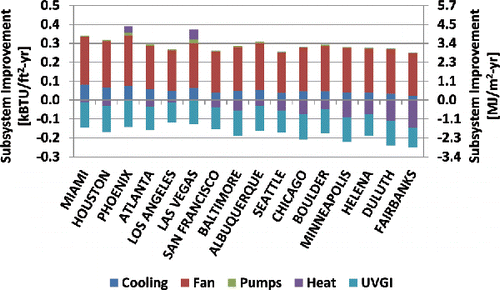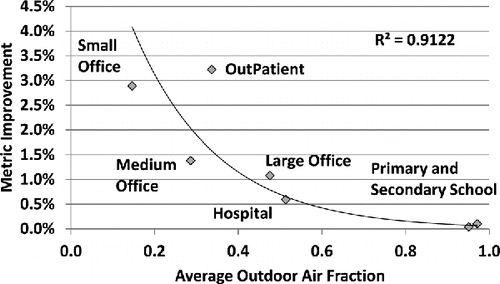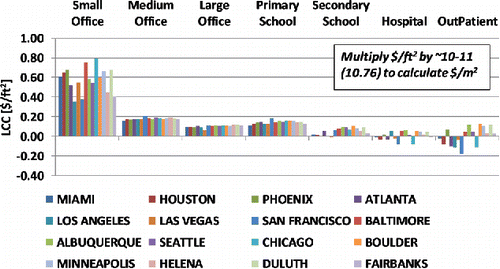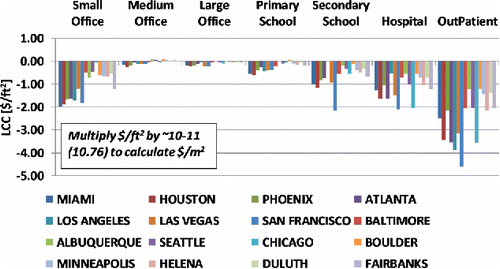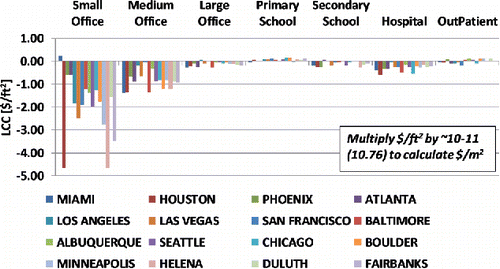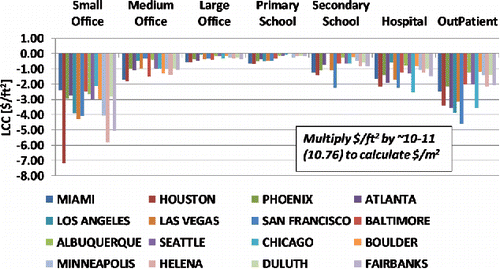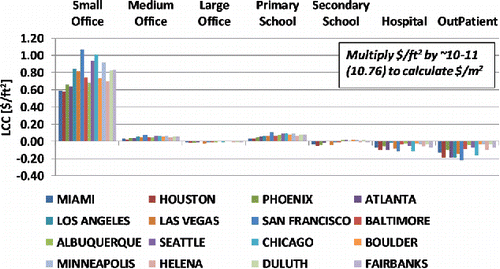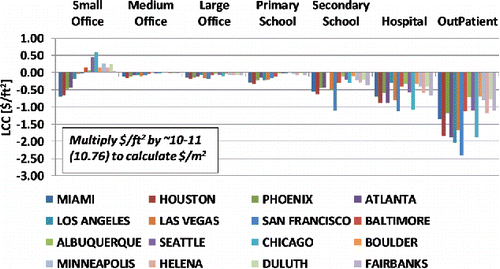Figures & data
Table 1. Baseline rates of work absence.
Table 2. Considered levels of ΔP effect due to fouling.
Table 3. Characteristics of selected DOE commercial reference buildings.
Table 4. LCCA scenarios.
Table 5. LCCA parameters.
Table 6. Parameters used in mechanical cleaning lower bound estimate.
Table 7. Summary of HVAC energy savings.
Fig. 2. Mean modeled net energy savings using ΔP lower bound and ΔP upper bound. Net includes the savings from the cooling, fan, and pump subsystems, and the energy penalty due to the heating and UVGI subsystems.
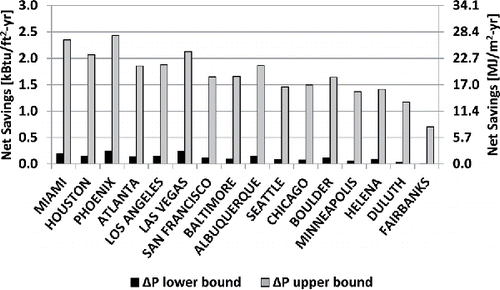
Fig. 3. Modeled mean subsystem annual energy use savings due to UVGI for ΔP lower bound. Positive values indicate energy savings and negative values indicate energy penalty.
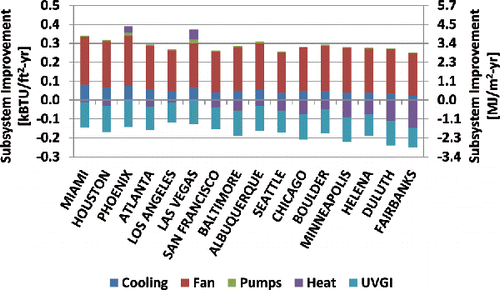
Table 8. Annual economic benefit per unit area by building type (all climates).
Table 9. LCC using ΔP lower bound.
Table 10. LCC using ΔP upper bound.
Fig. 7. Median LCC all options using ΔP upper bound and ΔP upper bound results. A negative cost indicates a net savings to the owner.
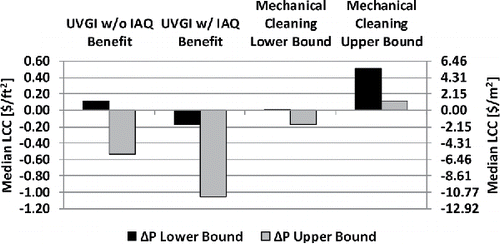
Table 11. Percentage of cases with owner net savings.


